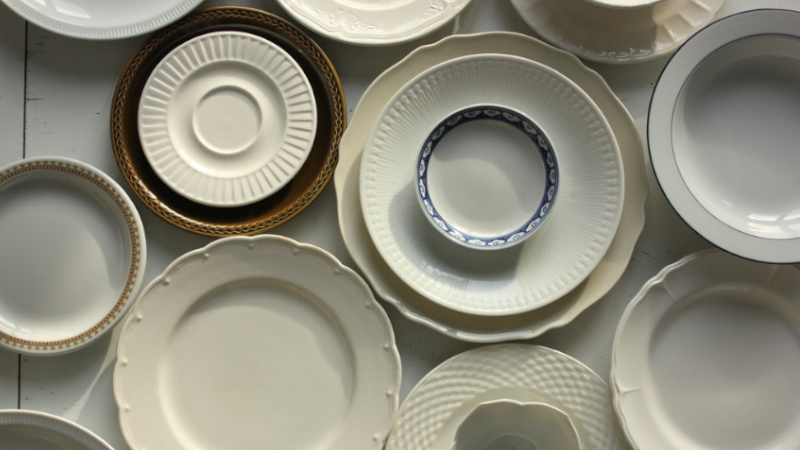Introduction:
Microwaves have revolutionized the way we prepare meals, offering quick and efficient heating options for busy households. Amidst the hustle and bustle of daily life, paper plates often seem like the perfect solution for minimizing cleanup time. However, there’s a lingering question: are paper plates truly compatible with microwaves? In this article, we’ll explore the convenience of using paper plates in microwaves and address potential concerns regarding their safety and effectiveness.
The Convenience Factor:
One cannot deny the allure of convenience when it comes to using paper plates in microwaves. They eliminate the need for washing dishes, making them an appealing option for quick snacks, reheating leftovers, or serving meals during social gatherings. The simplicity of grabbing a disposable plate, popping it in the microwave, and disposing of it afterward appeals to busy individuals seeking to streamline their kitchen routines.
Safety Considerations:
Despite their convenience, safety concerns loom over the use of paper plates in microwaves. Traditional paper plates are often coated with wax or plastic to enhance their durability and moisture resistance. When exposed to high temperatures, these coatings can melt, releasing harmful chemicals into food and posing fire hazards. Additionally, the thinness of paper plates makes them susceptible to charring or catching fire, especially when subjected to prolonged microwave exposure.

Microwave-Safe Alternatives:
To address safety concerns, manufacturers have introduced microwave-safe paper plates designed to withstand the heat generated by microwaves. These plates are typically made from materials specifically formulated for microwave use, eliminating the risk of melting or charring. Look for labels or symbols indicating microwave-safe certification when purchasing paper plates to ensure their compatibility with microwaves.
Environmental Impact:
While paper plates offer convenience, their widespread use contributes to environmental concerns. Disposable paper plates contribute to deforestation and waste generation, exacerbating the strain on natural resources and ecosystems. Additionally, the energy and resources required to produce and transport paper plates further contribute to their environmental footprint. As consumers become increasingly mindful of their ecological impact, there’s a growing trend towards sustainable alternatives such as reusable dishes or biodegradable disposables.
Best Practices for Microwave Use:
For those opting to use paper plates in microwaves, it’s essential to follow best practices to ensure safety and effectiveness. Use microwave-safe paper plates specifically designed for this purpose to minimize the risk of melting or charring. Avoid prolonged exposure to high heat settings, as this can increase the likelihood of damage or fire hazards. Always monitor paper plates closely while microwaving to prevent accidents and ensure food safety.
Practical Tips for Sustainability:
For those seeking to reduce their reliance on disposable dishware altogether, incorporating reusable alternatives into their kitchen routines can yield significant environmental benefits. Investing in durable and dishwasher-safe plates, bowls, and utensils allows for repeated use, minimizing the need for disposable options. Additionally, using cloth napkins and kitchen towels instead of paper towels further reduces waste and conserves resources. By embracing sustainable practices in daily life, individuals can contribute to a greener and more sustainable future while enjoying the convenience of microwave cooking.
Educating Consumers:
As awareness of environmental issues continues to grow, there’s a growing demand for transparency and accountability in the production and marketing of disposable products. Manufacturers play a crucial role in educating consumers about the environmental impact of their products and promoting sustainable alternatives. By providing clear labeling and information about the materials used in their disposable dishware, manufacturers empower consumers to make informed choices that align with their values and priorities.
Conclusion:
Paper plates offer undeniable convenience in the realm of microwave cooking, providing a hassle-free solution for meal preparation and cleanup. However, their compatibility with microwaves raises valid concerns regarding safety and environmental impact. While microwave-safe paper plates address some of these concerns, consumers must remain vigilant. Informed when selecting and using paper products in microwaves. By prioritizing safety, sustainability, and mindful consumption, we can navigate the convenience of paper plate in microwaves while minimizing potential risks and environmental harm.


